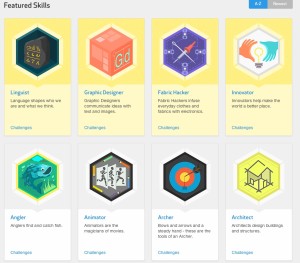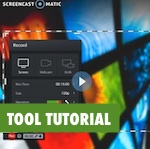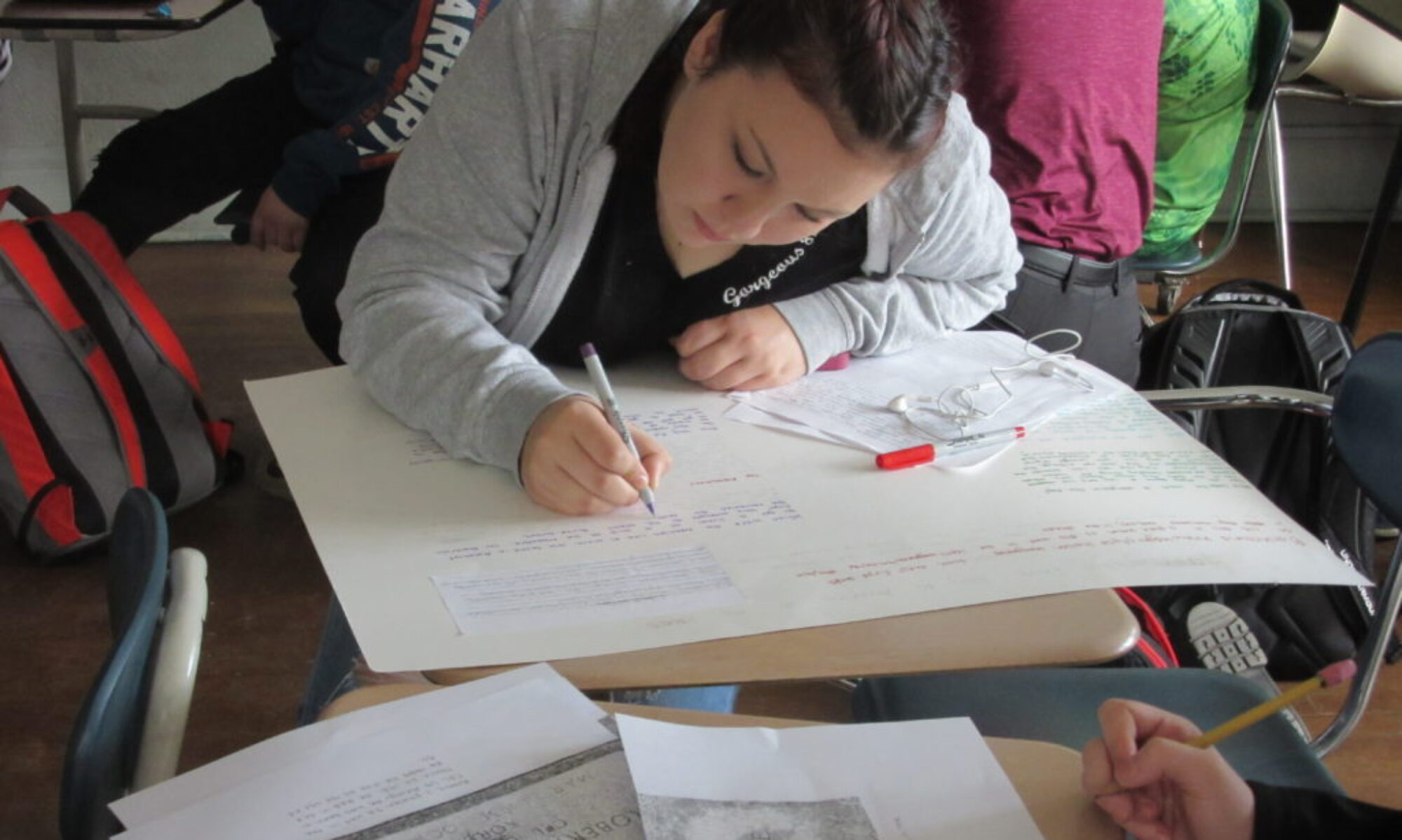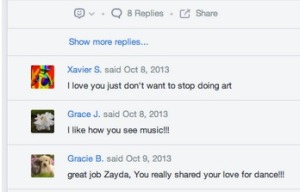Here’s a great way to dip your toes in the digital credentialing waters: DIY.org.
What Is It?
Geared for kids 8 and up, DIY.org features dozens of digital badges heavily geared towards doing and making. To earn a badge, students choose to complete 2 or 3 challenges from an array of 7 or 8, and get credit for their learning by sharing the result with everyone on the site. Other users can then like and comment the shared artifacts. There’s a high degree of support, camaraderie and cheering that occurs in comments, with users all in the same skill area remixing and resharing what others have previously created, and being quick to ask for help. It’s an outstanding example of students showing digital citizenship savvy, maybe because part of the site’s Community Guidelines include a guide to “Being Awesome”. (Hint: it involves the phrase “Don’t be a jerk” 🙂
Why Is It Awesome?
 The site also features guides for parents to get and stay involved in their students’ growing skill-set, without doing the embarrassing hovering thing (oy), and there’s a section with suggestions for how educators can integrate DIY.org activities into the classroom. DIY is partnering with the National Writing Foundation and Mozilla to publish a guide to aligning various badges with Common Core Standards, and as an educator, you can sign up to get notified of new lesson plans.
The site also features guides for parents to get and stay involved in their students’ growing skill-set, without doing the embarrassing hovering thing (oy), and there’s a section with suggestions for how educators can integrate DIY.org activities into the classroom. DIY is partnering with the National Writing Foundation and Mozilla to publish a guide to aligning various badges with Common Core Standards, and as an educator, you can sign up to get notified of new lesson plans.
With so many of the skills and challenges having both an easy entrypoint and a clear focus on getting students to use their time outside the classroom for individualized learning, this site might be perfect for educators looking at flipped classrooms and/or personalized learning plans. While we’re huge fans of Mozilla’s Open Badges and Learning Times’ BadgeOS, both those systems require some educator overhead in terms of setup and implementation — this is a turnkey system, requiring only that students register for an account. And yes, like almost everything else out there online, students under 13 need parent approval for their accounts.
It also comes in iOS flavor, for all your 1:1, BYOD or general running around needs.
Anyone using this site in their classroom?
 As teachers and students grapple with how to implement proficiency-based assessment, flexible pathways and personalized learning, what can we learn from digital badge eco-systems? What’s been tried? What’s worked?
As teachers and students grapple with how to implement proficiency-based assessment, flexible pathways and personalized learning, what can we learn from digital badge eco-systems? What’s been tried? What’s worked? 




